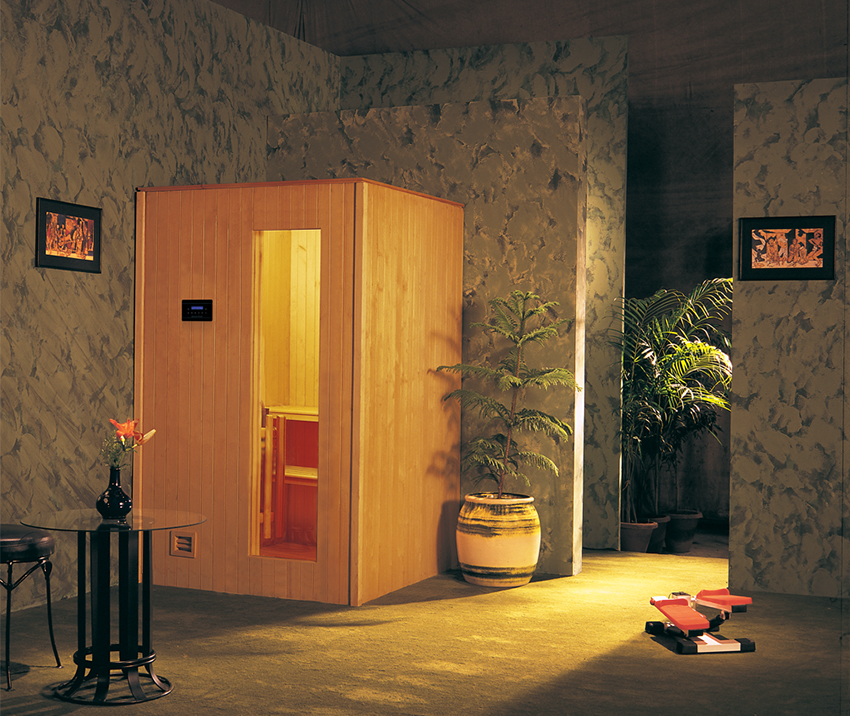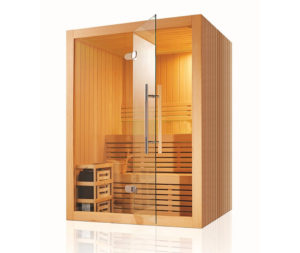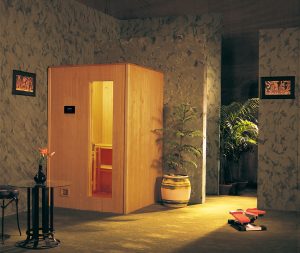Saunas are an age-old method known for relaxation and therapy. For centuries, people have used it for its therapeutic properties, which have become popular worldwide in recent years. As we move ahead with technologies, even the sauna industry is seeing some changes. There are now different types of saunas available, with traditional sauna heaters and infrared saunas being two of the most popular. Here in our blog, we will discuss the differences between traditional sauna heaters and infrared saunas, what their benefits are, and which one you should choose for your comfort.
Traditional Sauna Heater
A traditional sauna heater is one of the most common types of saunas available on the market. This type of sauna generally uses heated rocks to create steam, which further heats the air inside the sauna. These heaters can be either electric, gas, or wood-burning, and they usually take about 30 minutes to reach the desired temperature of 80–100 °C.
- Heating System
The traditional sauna heater heats the air inside the sauna, which then warms up your body as you sweat. The heat is created by the heated rocks, and the steam from the water poured onto the rocks makes the air humid. The traditional sauna heater creates a very high-temperature environment that can be difficult for some people to tolerate, especially for those with respiratory problems.
- Benefits
Traditional saunas have been shown to be good for your health in many ways, like improving your heart health, reducing stress, and making you feel more relaxed. They can also help relieve muscle and joint pain and promote detoxification through sweating.
Infrared Sauna
An infrared sauna, on the other hand, uses infrared heaters to emit infrared light waves that penetrate the skin rather than heating the air. These heaters are usually made of ceramic or carbon fiber and take about 20 minutes to reach the desired temperature of 50–60 °C.
- Heating System
The infrared sauna uses infrared heaters to emit infrared light waves that penetrate the skin and warm up the body directly. These waves are different from the UV radiation that comes from the sun and are completely safe. Unlike traditional saunas, the infrared sauna does not create steam, making it a dry sauna. This means that it is less humid and easier for people with respiratory problems to tolerate.
- Benefits
Infrared saunas have been shown to have many of the same health benefits as traditional saunas, such as promoting relaxation, relieving muscle and joint pain, and promoting detoxification. But they also have other benefits, like boosting the immune system, making the skin healthier, and making the blood flow better.
Which one should you choose?
Both traditional sauna heaters and infrared saunas have their benefits and drawbacks. If you prefer high temperatures and a steamy environment, then a traditional sauna may be the right choice for you. However, if you have respiratory problems or prefer a lower temperature, then an infrared sauna may be a better option.
Infrared saunas are also a good choice if you are short on time, as they heat up faster than traditional saunas. Also, they are easier to maintain and use less energy, which makes them a better choice for the environment.
Summing Up
Both traditional sauna heaters and infrared saunas have their benefits and drawbacks. Infrared saunas are more comfortable and relaxing than traditional saunas, which have high temperatures and a lot of steam. When choosing between the two, it is important to consider your personal preferences, health conditions, and the specific benefits you are looking to gain from using a sauna. Regardless of which type of sauna you choose, incorporating sauna therapy into your routine can have many health benefits and help you relax and unwind.




